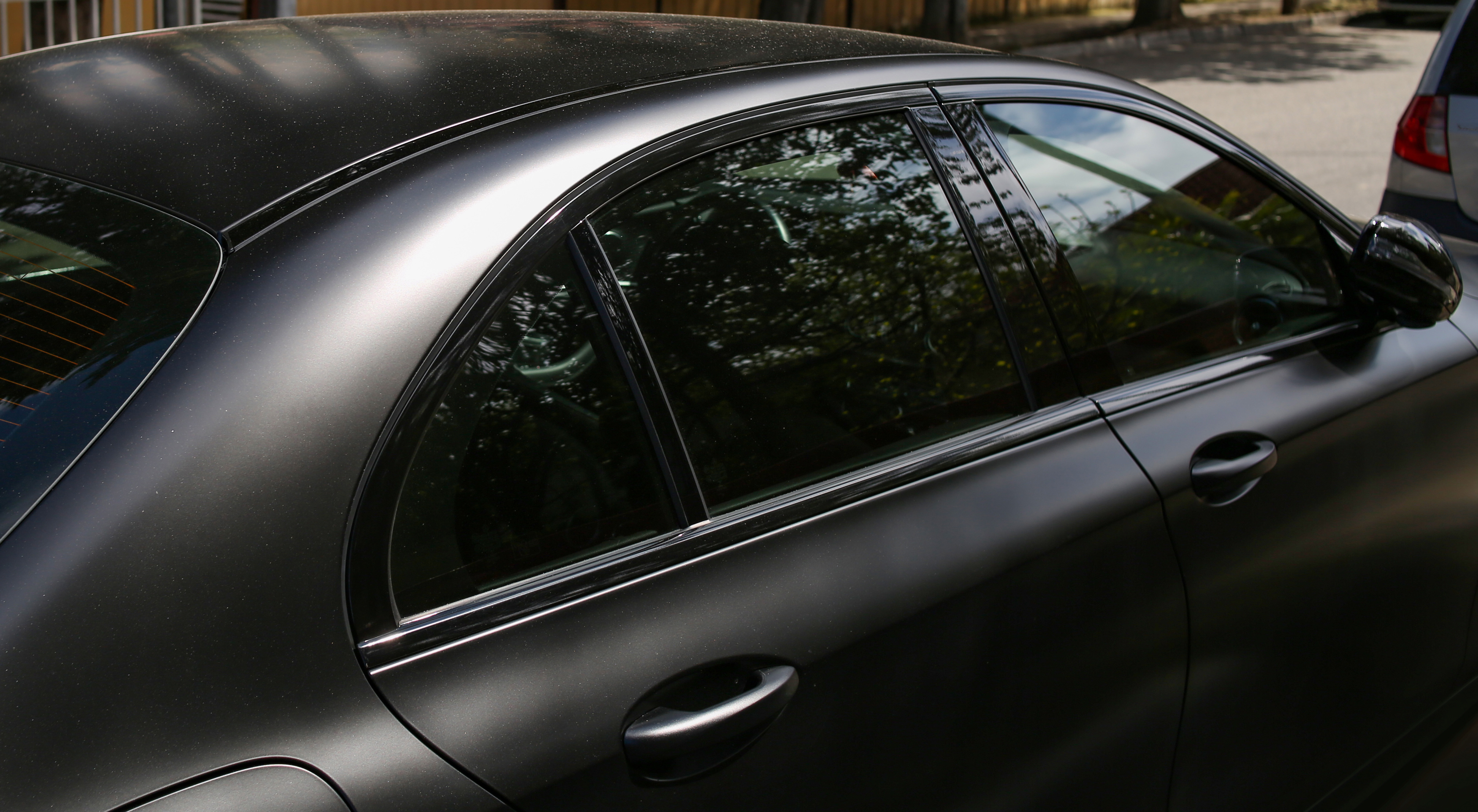Professional Window Tinting Services for Better Comfort and Style in Your Vehicle
Professional Window Tinting Services for Better Comfort and Style in Your Vehicle
Blog Article
Home Window Tinting Regulations: What You Need to Know Prior To Tinting Your Auto
Recognizing window tinting laws is essential for any type of automobile owner taking into consideration tinting their vehicle. Rules differ dramatically from state to state, developing certain limits for Visible Light Transmission (VLT) percents, specifically for front-side home windows and windscreens. Failure to follow these laws can cause penalties, the requirement to eliminate the color, and problems with insurance. As you consider improving your car's look and functionality, it is important to comprehend not only the legal effects yet also the useful considerations that include choosing the right tint. What variables should you focus on in your decision-making process?
Value of Comprehending Tint Regulations
Comprehending home window tinting legislations is critical for lorry owners to make certain conformity with state policies. These regulations dictate the permitted degrees of tint darkness and reflectivity, which can substantially vary from one territory to another. Failing to abide by these laws can lead to fines, compulsory removal of the color, and prospective problems throughout vehicle assessments.
In addition, recognizing these laws helps vehicle owners make informed decisions about their tinting options. Different kinds of window movies offer numerous benefits, such as UV defense, warmth rejection, and glow reduction. Nevertheless, without understanding of the legal limits, automobile owners run the risk of selecting products that might ultimately lead to legal issues.
Additionally, awareness of tinting legislations fosters a more secure driving atmosphere. window tinting. Exceedingly dark tints can hinder visibility, enhancing the danger of crashes, specifically at night or in damaging weather. Police additionally make use of these policies to make sure road security, making conformity not just a legal responsibility yet a personal duty
State-Specific Color Laws
Each state in the U.S. has actually developed its own details guidelines regarding home window tinting, reflecting a varied array of standards and demands. These guidelines can differ substantially, affecting just how car owners come close to installation and conformity. For instance, some states allow darker tints on rear windows while enforcing rigorous limits on front-side windows.
Furthermore, laws frequently specify allowable tint materials and shades. Particular states forbid reflective tints completely, while others might enable them to a restricted level. Some territories mandate that cars with colored windows show a sticker label showing conformity with state legislations, giving a clear identification for regulation enforcement.
Enforcement of these regulations additionally varies; some states are much more positive, conducting random checks, while others depend on complaints or noticeable violations to launch enforcement. Vehicle proprietors ought to understand that failure to adhere to state-specific tint policies can lead to fines, mandatory elimination of prohibited colors, or both.

Legal Tint Percentages
Figuring out the legal color percents is critical for lorry owners seeking to conform with state policies. Each state has details laws governing just how much light must travel through the windows of a car, which is expressed as a portion referred to as Visible Light Transmission (VLT) This percentage varies substantially across states and can depend on the type of window-- front side, back side, and windscreen.
As an example, some states allow just 20% VLT on front side windows, while others might allow up to 50%. Windscreen tinting is typically extra limited, with several jurisdictions allowing only a slim band of tint on top of the windshield. In contrast, rear home windows typically have extra lenient policies, with some states permitting darker tints.
It is important for lorry proprietors to familiarize themselves with their neighborhood regulations to stay clear of potential lawful concerns. This consists of understanding just how VLT is gauged, as it can vary based upon the kind of home window film used. Remaining educated concerning these guidelines makes sure compliance and promotes risk-free driving problems for both the car owner and others on the roadway.
Consequences of Non-Compliance
Failing to adhere to window tinting legislations can cause considerable repercussions for vehicle owners. The most instant effect is the potential for website traffic quits and citations from police. Officers educated to recognize illegal tint levels might issue penalties, which can vary by jurisdiction but often range from modest to significant quantities. Repeated infractions might lead to increased fines, consisting of higher fines or extra factors on a vehicle copyright.

Insurance provider may also penalize for non-compliance, as unlawful modifications can be deemed a breach of policy terms. This might affect protection prices or result in difficulties Find Out More in claims if an occurrence takes place.
Inevitably, the repercussions of non-compliance expand beyond immediate punitive damages; they can affect a chauffeur's insurance rates, lawful standing, and general car value, highlighting the value of adhering to regional window tinting laws.
Tips for Picking Tinting Options
Recognizing the implications of non-compliance highlights the value of making educated selections when picking window tinting alternatives. Firstly, acquaint on your own with your state's details regulations concerning color darkness and reflectivity. Each state has special regulations that dictate the permissible limits, so guarantee you stay within these guidelines to avoid charges.
Second of all, consider the kind of color product. Alternatives include dyed, metalized, and ceramic colors, each offering varying levels of warmth denial, UV defense, and longevity. Ceramic colors give exceptional warmth resistance without conflicting with digital devices, making them a popular option.
Additionally, assess your main function for tinting. If you seek improved privacy, choose for darker colors; nonetheless, maintain in mind that this may impact presence in the evening. On the other hand, if glare decrease and UV defense are your major issues, lighter tints might be enough.
Lastly, talk to a professional installer that is knowledgeable concerning regional laws and can advise top quality products matched to your requirements (window tinting). Taking these variables into account will certainly guarantee you make a knowledgeable decision, inevitably improving both your car's aesthetics and capability
Final Thought
To conclude, knowledge with home window tinting laws is vital before applying color to a lorry. Each state applies certain laws regarding noticeable light transmission portions, especially for front-side home windows and windscreens. Non-compliance can result in substantial penalties, including fines and obligatory removal of try this out non-conforming tint. By recognizing legal requirements and choosing suitable tint materials, car proprietors can achieve visual improvement while staying certified with relevant regulations. Adherence to these guidelines makes certain both safety and security and satisfaction.
Understanding window tinting legislations is important for any lorry owner considering tinting their car.Comprehending home window tinting legislations is essential for lorry owners to ensure conformity with state policies. Some states enable darker colors on back home windows while enforcing rigorous limitations on front-side home windows.
In contrast, back home windows usually have a lot more lenient guidelines, with some states allowing darker tints. (window tinting)
In final thought, knowledge with window tinting laws is important prior to using color to a vehicle.
Report this page